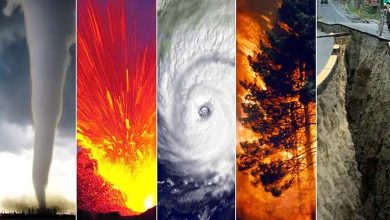Is Sun Exposure behind John Cena’s Skin Cancer? Understanding the Link Between UV Rays and Skin Health

A revelation that sparked concern
The recent disclosure that American wrestler and Hollywood actor John Cena has been diagnosed with skin cancer has taken many of his fans by surprise. Renowned for his physical strength, disciplined lifestyle, and positive image, Cena shared that he has undergone multiple procedures to remove cancerous lesions. This unexpected news reignites public concern: could prolonged exposure to the sun be a key factor in his diagnosis? And if so, what does this tell us about the true dangers of sun exposure, even among active, healthy individuals?
Sunlight and its role in skin cancer
Prolonged and unprotected exposure to ultraviolet (UV) radiation from the sun is one of the leading causes of skin cancer worldwide. These invisible rays penetrate the outer layers of the skin and can damage cellular DNA. Over time, this damage may accumulate and trigger mutations, which can lead to various forms of skin cancer—including basal cell carcinoma, squamous cell carcinoma, and the more dangerous melanoma. Although Cena did not specify the exact type of cancer he was diagnosed with, he suggested that his frequent outdoor exposure during workouts and filming likely contributed significantly to his condition.
Early warning signs often overlooked
One of the greatest challenges in the fight against skin cancer is that it can remain unnoticed for a long time. Many individuals overlook the early warning signs: unusual moles or spots, persistent redness, crusty patches, or wounds that don’t heal. In Cena’s case, it was his medical team who identified abnormal areas on his face, prompting further testing. His experience highlights the importance of regular skin checks, especially for people frequently exposed to sunlight.
Prevention: still not taken seriously enough
Despite growing awareness of UV dangers, many people still neglect basic sun safety. Using sunscreen daily, wearing hats, protective clothing, and sunglasses should be non-negotiable, even on cloudy days. Additionally, avoiding direct sun exposure during peak hours—from 11 AM to 4 PM—is crucial. Cena used his platform to urge fans to pay closer attention to their skin and never underestimate the value of regular dermatological exams. His message underscores that prevention starts with small, consistent actions.
A wake-up call for everyone
John Cena’s diagnosis is a powerful reminder that skin cancer can affect anyone, regardless of fitness, age, or fame. It doesn’t discriminate. That’s why adopting a sun-safe lifestyle should become second nature: protect your skin, hydrate often, see a dermatologist when something looks unusual, and treat sunscreen as part of your daily routine. The good news is that when detected early, most skin cancers are treatable with minimal complications. Cena’s openness serves not only as a personal testimony but also as a vital call to collective awareness and proactive health care.












